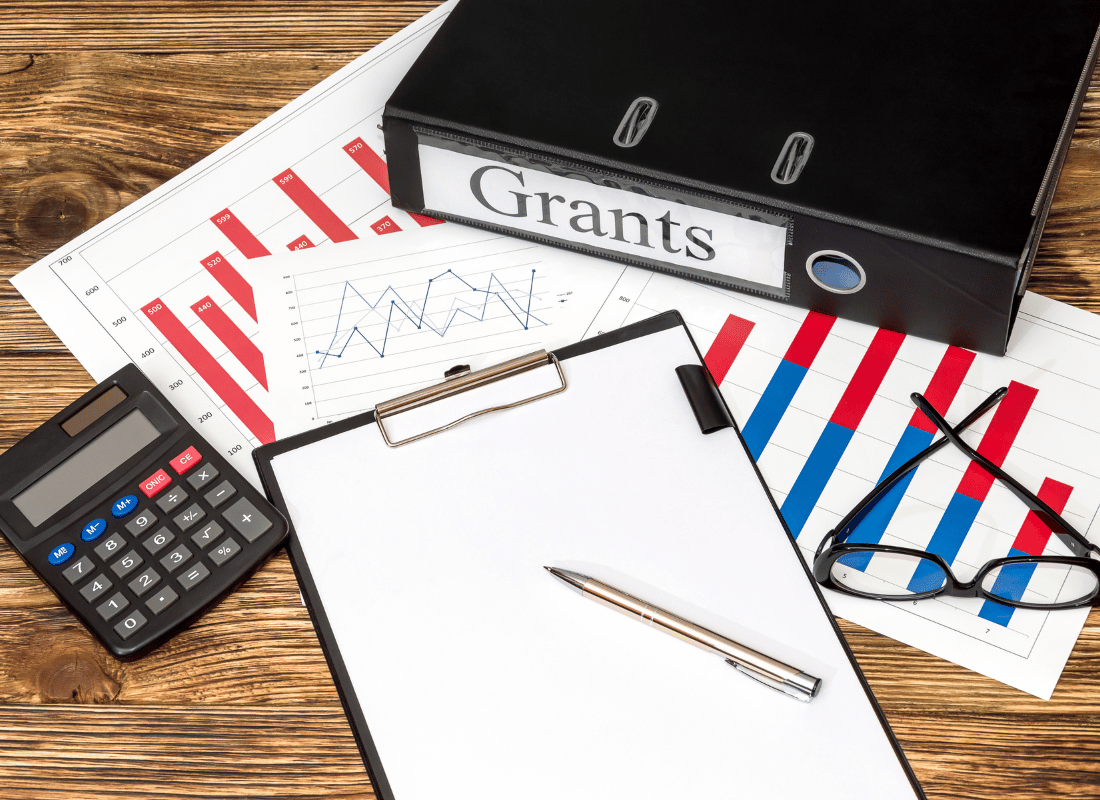Win-Win Giving: Donor Advised Funds
Originally published on September 6, 2019
Updated on February 6th, 2024
Donor advised funds (DAFs) are one of the fastest growing vehicles for charitable giving in recent years thanks to the advisory control and tax benefits they can provide to donors. In fact, from 2007 to 2016, the nationwide amount of funds invested in DAFs nearly tripled.
But what exactly are DAFs, and how can your nonprofit leverage their increasing popularity? It’s important to understand these funds and consider ways to best use and maximize these contributions.
DAFs Defined
Like most types of donations, a donor advised fund gives legal control of a contribution to the charitable organization to which it is given. However, there’s a significant difference: Per the Internal Revenue Service, “the donor, or the donor’s representative, retains advisory privileges with respect to the distribution of funds and the investment of assets in the account.” This control remains with the donor until it is allocated out of the DAF account and to a charitable organization.
This means that donors can donate in one place to multiple organizations. They can also donate assets other than cash—for example, mutual fund shares, publicly traded securities, real estate and even cryptocurrency like Bitcoin.
Donor advised funds can also be thought of as a type of investment account used exclusively for charitable giving. When contributions are made to these accounts, the funds are invested, continue to increase in value, and are later allocated to specific charities at the discretion of the donor. This grows the money tax-free for recipients, while the donor can take the tax deduction for the charitable contribution in the year that it is put into the DAF.
The recent growth of DAFs has been further augmented by recent legislative and tax changes, such as the Tax Cuts and Jobs Act. Many of these changes incentivize the use of DAFs to increase the amount that can be saved in itemized deductions from charitable contributions. In 2018 alone, assets invested in DAF accounts increased by roughly 30 percent thanks in part to such incentives.
With the popularity and advantages of donor advised funds, it’s no wonder that givers who contribute through a DAF tend to be repeat givers due to the benefits provided by these funds. So it makes sense to consider ways to increase the contributions that your nonprofit receives from them.
Educate Your Donors About DAFs
Your first step is to educate your donors about donor advised funds and why they’re such an appealing vehicle for their contributions.
Using DAFs, donors can bunch their charitable contributions into certain years in order to maximize their total itemized deduction in the long-term. With the increase of the standard deduction to $24,000, donors are now more likely to be willing to consider these options as they realize their ability to itemize has been made more difficult. And since assets in DAFs are tax-free investments, there is the potential for donors to be able to contribute more total assets in the long-term.
In addition to tax savings, DAFs allow donors to manage their donations in the fund while the administrative costs of the fund are paid for by the sponsoring organizations. This means more convenience for the donors because donor advised funds can serve as a centralized hub where donors can track all of their contributions.
Additionally, donors can adjust DAF contributions quickly to respond to disasters or other similar events that require larger amounts from the accumulated assets. Finally, their potential for tax-free growth in the account can result in increased overall contributions.
Educate Your Employees About DAFs
Your employees should be well versed about how DAFs work and how to implement them. This includes how to credit donations, how to thank sponsors and donors, and how the funds can be used. This will help you increase your nonprofit’s ability to process these contributions more smoothly and with fewer complications.
You can also use technology to increase contributions received from donor advised funds. United Way has been a leader in this regard. In 2017, the organization developed an app called MyFund that allows users to manage DAF donations in a manner similar to a checking account. Donors can contribute to any charity in the United States with just a few smartphone screen touches.
MyFund is believed to have increased total DAF giving by around 16% during its first year. You can promote the use of existing apps such as MyFund among your donors. You can also consider the potential of new apps to increase DAF giving.
Lastly, use marketing to increase awareness of your ability to process DAF contributions. This can be done by mentioning DAFs on your website, in brochures and in other promotional materials. You might also consider ways to aggressively market opportunities to establish donor advised funds within your current organizational structure.
The Challenge of DAFs
DAFs are not without a downside. Because donors may accumulate funds for a number of years before actually directing them to charities, this can reduce the funds currently available to nonprofits. This in turn can delay contributions that nonprofits may receive in the short term. While there’s a lack of consensus on the significance of this delay, nonprofits should take steps to prepare for this possibility as a result of increased DAF contributions.
That said, donor advised funds are a rapidly growing vehicle for charitable giving. So consider ways in which you can maximize the contributions that you receive from these funds, and reach out to your nonprofit CPA firm if you need help understanding or utilizing them.
All content provided in this article is for informational purposes only. Matters discussed in this article are subject to change. For up-to-date information on this subject please contact a James Moore professional. James Moore will not be held responsible for any claim, loss, damage or inconvenience caused as a result of any information within these pages or any information accessed through this site.
Other Posts You Might Like

